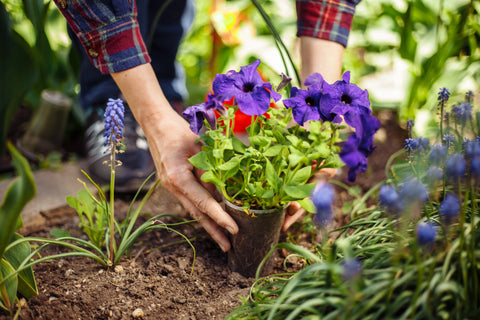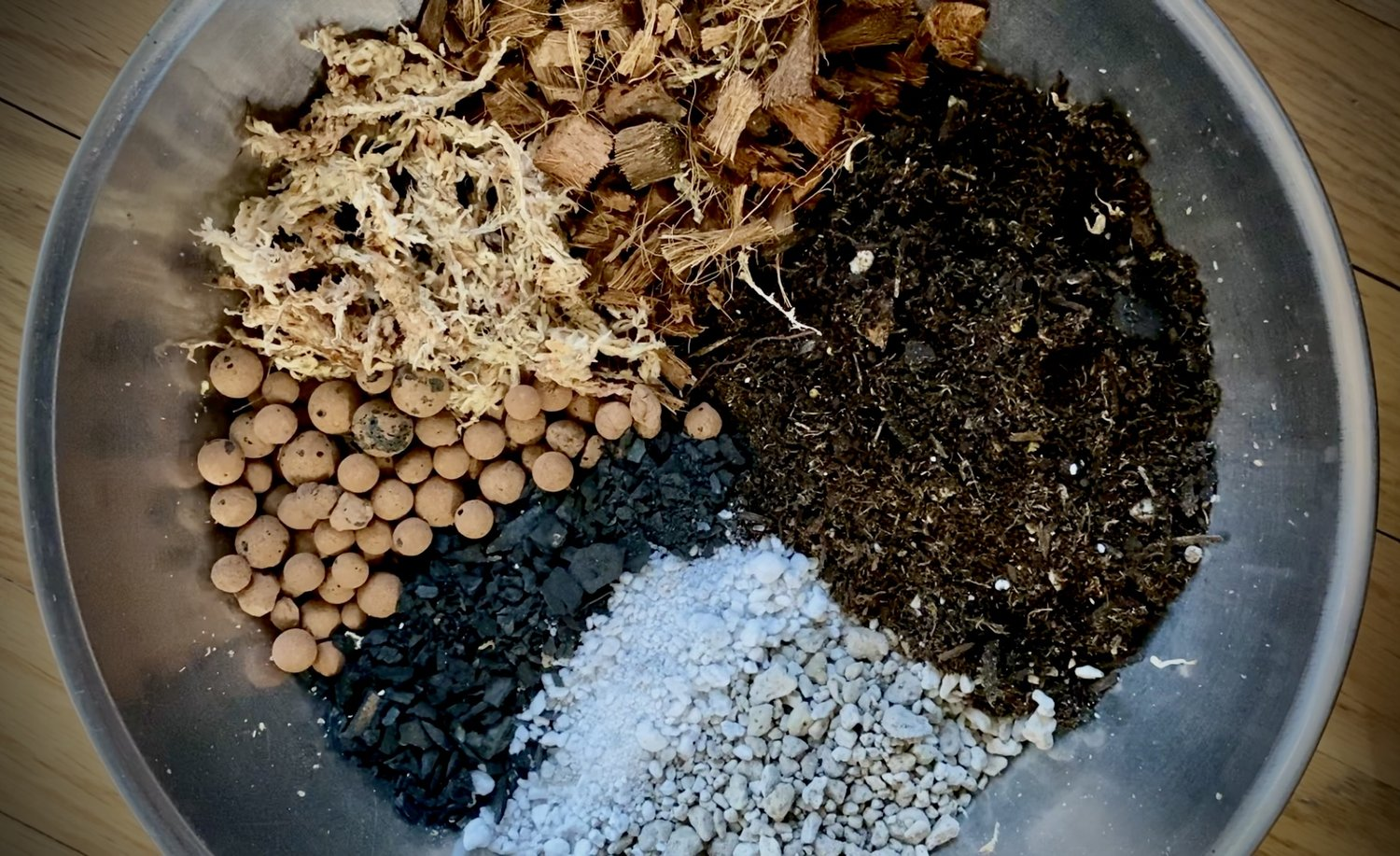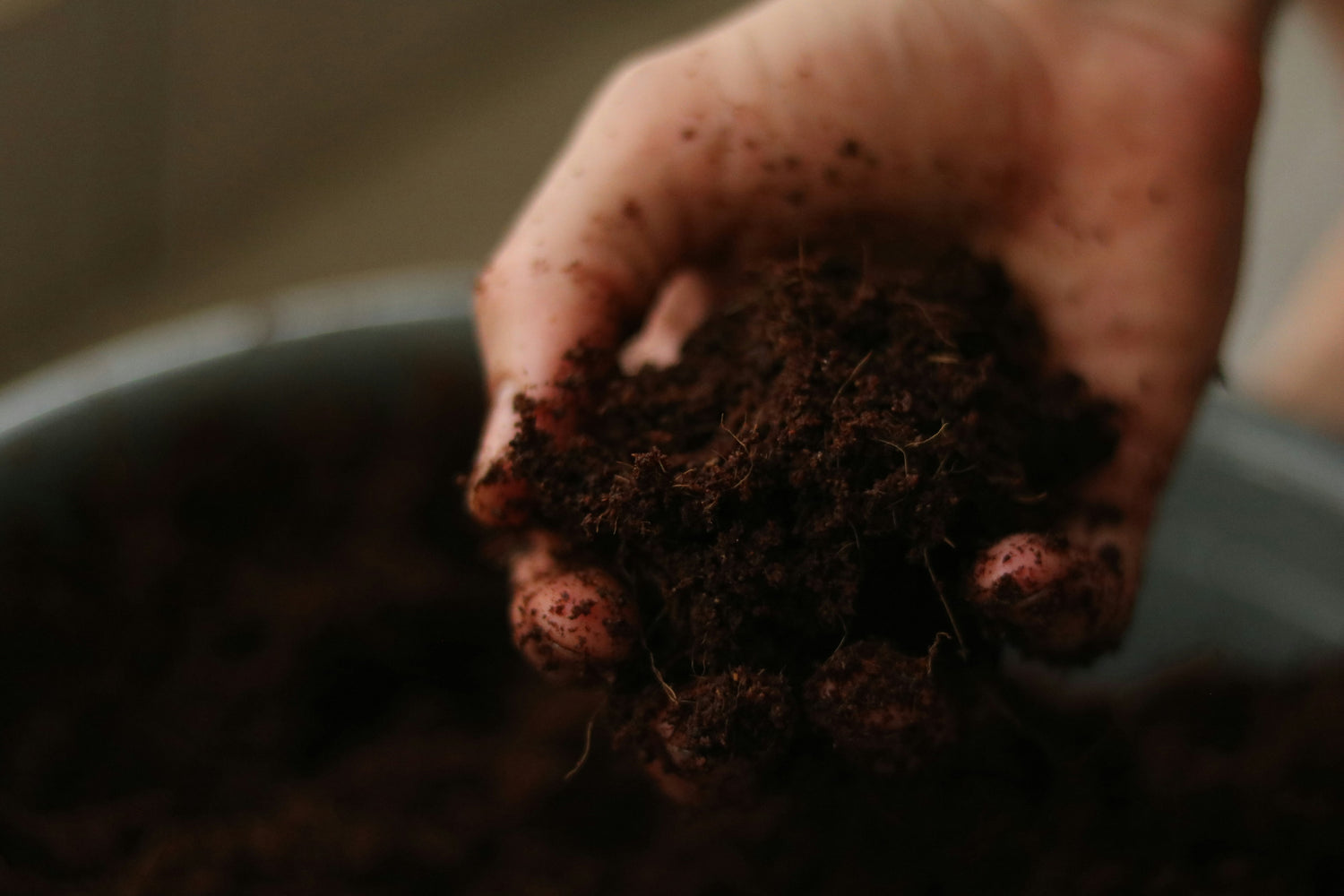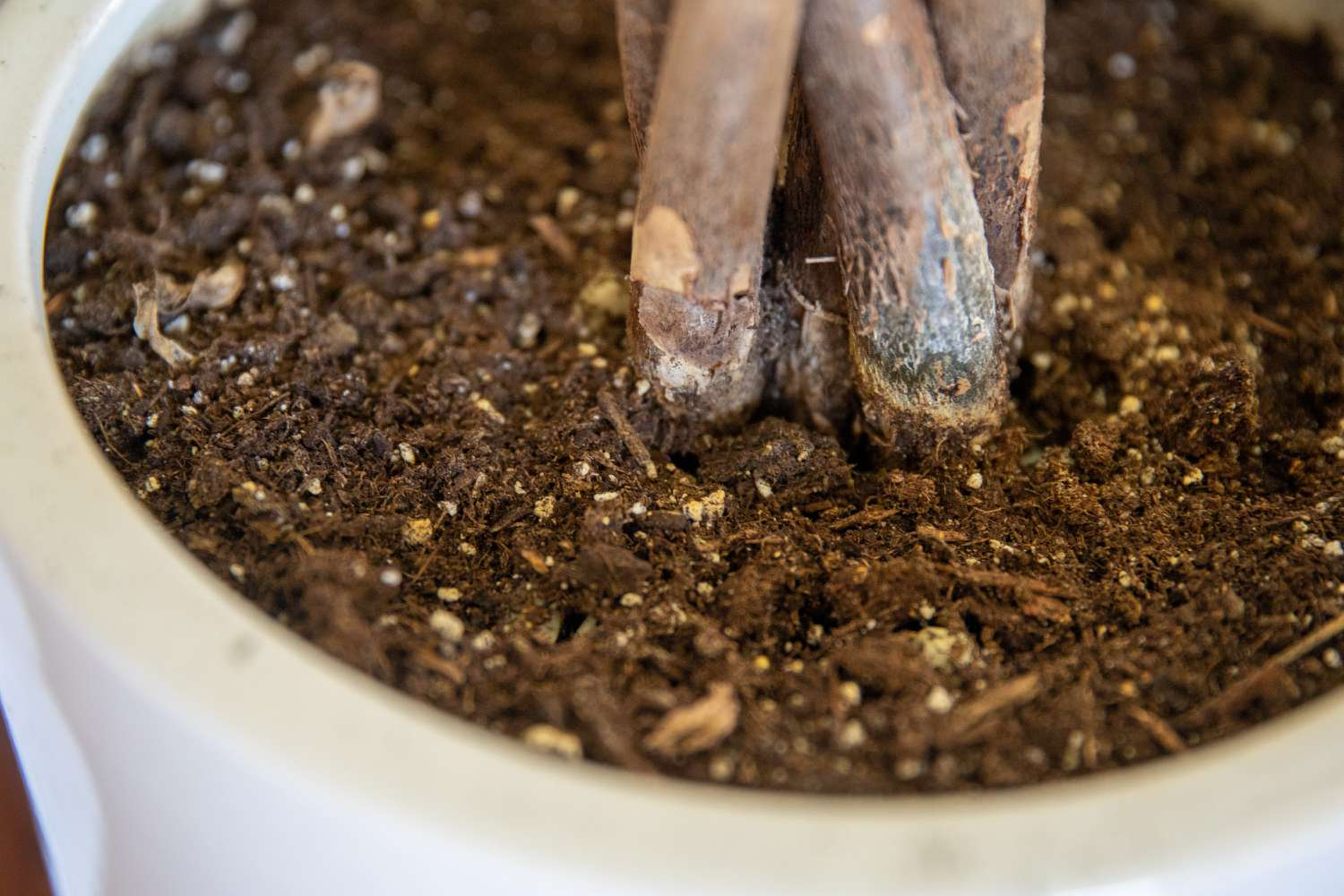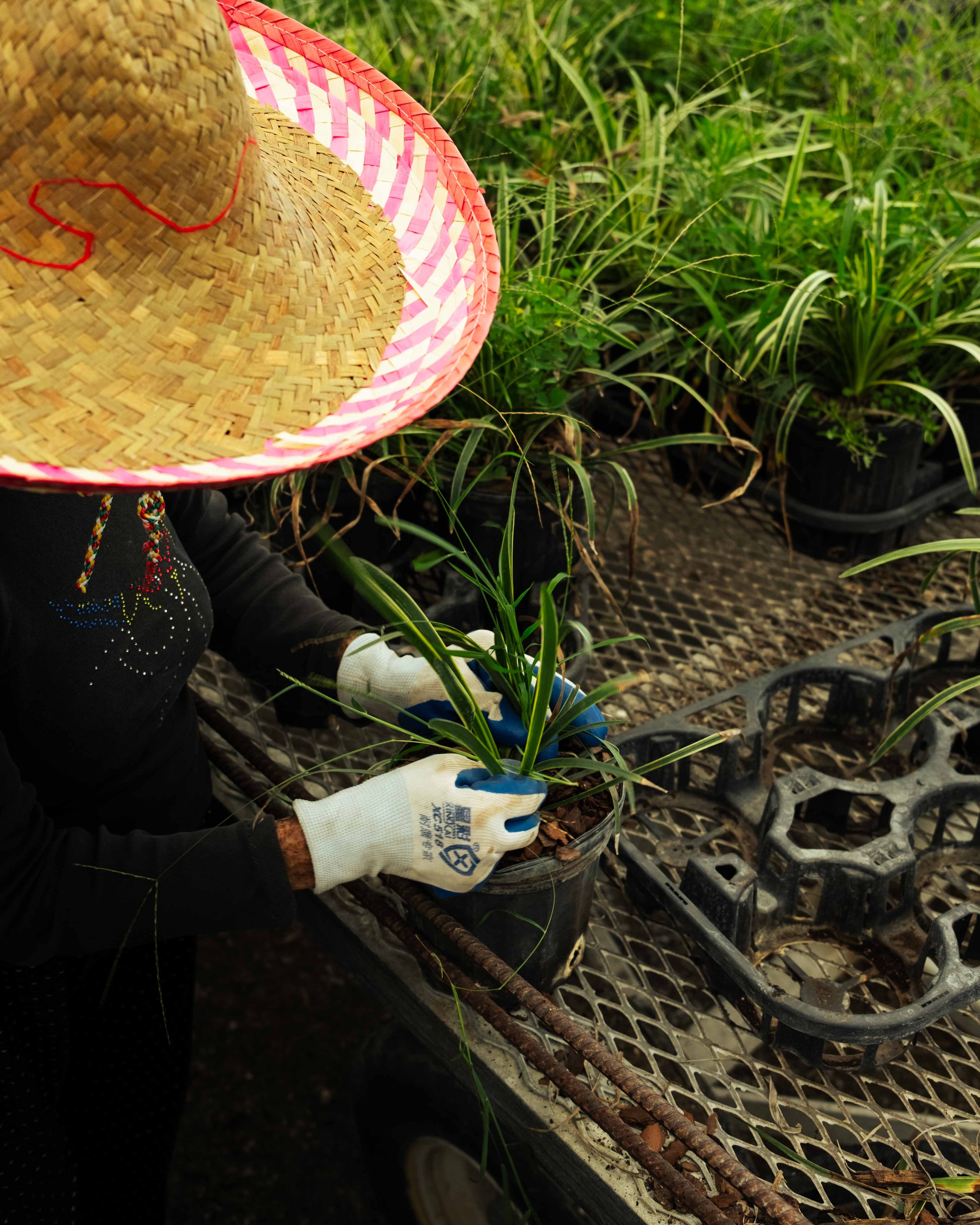Ingredients That You Need
The secret to potting mixes is in the ingredients. Each ingredient has a purpose, contributing to its ability to nourish good roots, retain moisture, and provide drainage. Here's what you need:
Perlite
Lightweight and airy, perlite improves draining and prevents soil from compacting. Perlite is volcanic glass heated until it pops and forms a porous structure.


